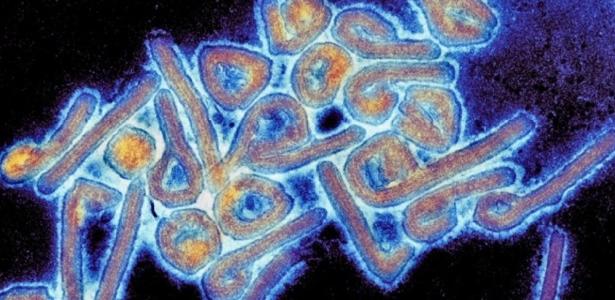The year 2020 was and continues to be marked by the pandemic of the new coronavirus that, so far, has already killed more than 1.3 million people around the world, according to data from Worldometers.
Now, studies by scientists at the Centers for Disease Control (CDC) and the National Center for Tropical Diseases in Bolivia reveal the existence of a “new” rare virus, which was responsible for the deaths of three Bolivians in 2019.
Known as Chapare Virus, the first infection was registered in the province of the same name, in Bolivia, in 2004 and its first transmission may have been made by rats. After a few years, already in 2019, the first cases of transmission of the Chapare virus between humans in La Paz, Bolivian capital, were confirmed.
The contagion happened after two patients transmitted the virus to three doctors who treated them. Of the five people, three died: one of the first infected and two of the medical professionals.
Chapare virus, according to the researchers, has symptoms similar to hemorrhagic dengue and Ebola: patients infected in 2019 had fever, abdominal pain, vomiting, bleeding gums, skin rashes and pain behind the eyes.
The researchers believe that human-to-human transmission happened by body fluids and, unlike what happens with the new coronavirus, it didn’t happen over the air. Thus, although it is still quite lethal, the risk of new transmissions can be controlled more easily than the cause of COVID-19.
So far, however, there is no treatment for Chapare Virus and 2019 patients were given medications only to relieve the symptoms presented.


COMMENTS